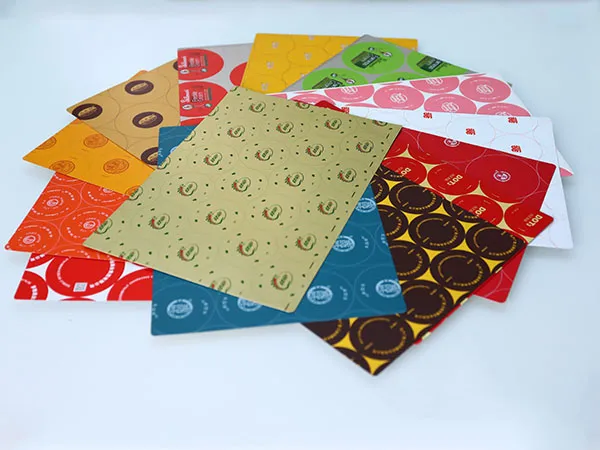Printed aluminum sheets are widely used across industries for their durability, aesthetic appeal, and corrosion resistance. However, issues such as blistering and discoloration can compromise their appearance and performance, leading to product rejection, increased costs, and customer dissatisfaction. These defects often stem from problems in surface treatment, ink formulation, or the printing and baking process. Blistering and decolorization of printed aluminum sheets can be frustrating issues. Here’s a breakdown of how to address them.
How to do with blistering/decolorization of printed aluminum sheets

Understanding the Causes
Several factors can lead to blistering and decolorization:
Moisture: Trapped moisture, either from the environment or the printing process, can cause blistering, especially during heat treatment. This moisture can react with the aluminum at high temperatures, forming hydrogen gas that creates blisters.
Contamination: Residues like salts, acids, or cleaning agents left on the aluminum surface before printing can interfere with the adhesion of the ink or react during heating, leading to blistering or discoloration.
Incompatible Inks/Coatings: Using inks or coatings that are not compatible with aluminum or the printing process can result in poor adhesion, leading to blistering or peeling.
Improper Application: Applying inks or coatings too thickly or unevenly can trap solvents, leading to blistering as the solvents try to escape during drying or heating.
Oxidation: While aluminum naturally forms a protective oxide layer, a thick or uneven layer can affect ink adhesion and potentially lead to discoloration.
…
More detailed information about how to do blistering and decoloration of printed aluminum plate can be clicked to visit: https://www.dw-al.com/a/news/printed-aluminum-blistering-decolorization-how-to-do.html


